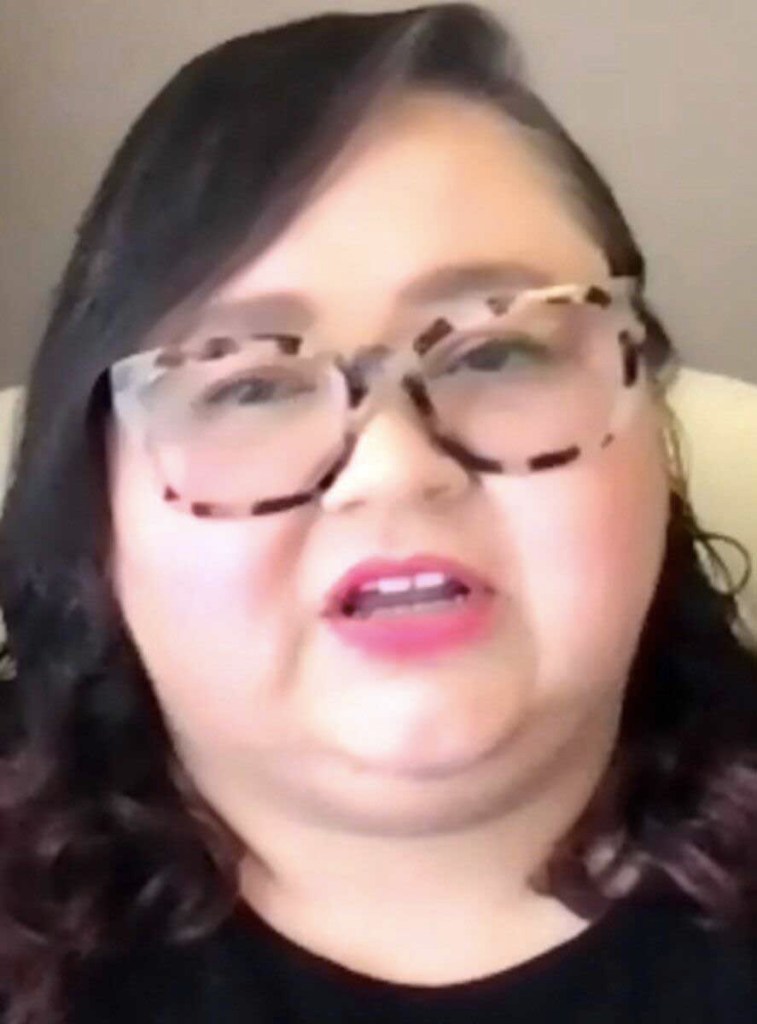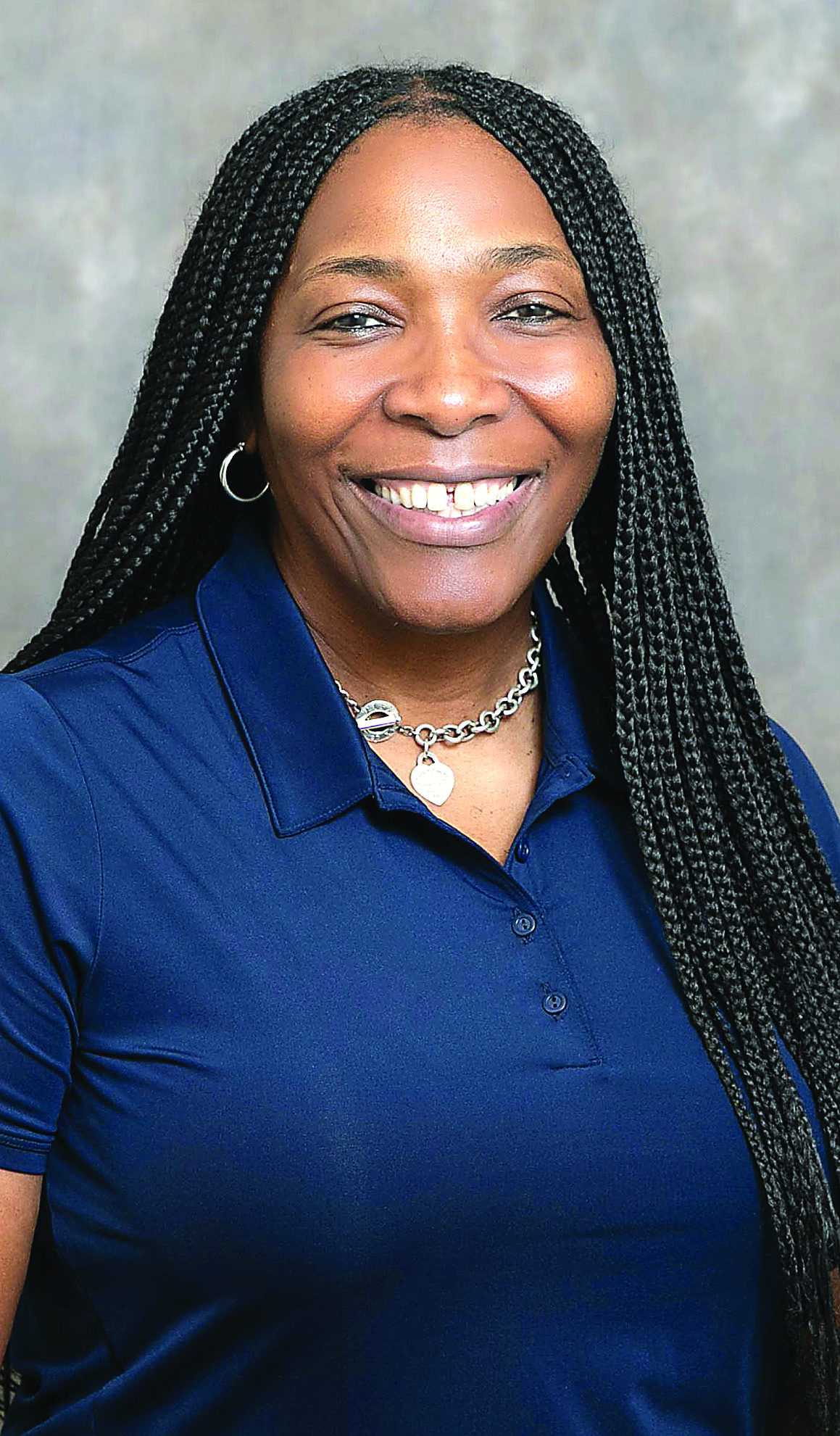Indigenous women share stories through culture, art, history
Published 1:00 pm Sunday, April 25, 2021

- Dr. Jacquetta Shade-Johnson
TAHLEQUAH, Oklahoma – Cherokee women tell their stories to a national audience and in the home. These stories are public as works of art, as private as passing skills on from mother to daughter.
And over the century, the men who wrote history – especially European men writing the histories of Indigenous people – have eclipsed the strong influence of women on Native history and culture, with their tales of the men they considered more important.
Three strong Cherokee women told Friday how they continue to regain the history of Cherokee women during a presentation, “Cherokee Women Reclaim Cherokee Stories,” during the 48th annual Symposium on the American Indian at Northeastern State University. This year’s Symposium was conducted online because of the COVID-19 pandemic.
Dr. Jacquetta Shade-Johnson, assistant professor of English at the University of Missouri; Callie Chunestudy, curator at the Cherokee Heritage Center; and America Meredith, publishing editor at First American Art Museum, shared stories of how, individually and collectively, Cherokee women’s stories are coming forth.
Meredith opened with the story of a prominent Cherokee woman of the 19th and early 20th centuries, Narcissa Chisolm Owen. Her husband was a hereditary third chief among the Old Settlers, and her son was Robert Latham Owen Jr., Oklahoma’s first senator. Like many, Owen tended to embellish her tale, Meredith said.
“She kind of declared herself a queen — not a Cherokee princess, but a Cherokee queen,” she said.
Owen was born in Indian Territory three years before the arrival of those who walked the Trail of Tears. She attended the first Female Seminary — not the one in Park Hill on the site of the current Cherokee Heritage Center, but one in Fayetteville, Arkansas. It was established by Sarah Ridge in 1839 after her husband, John, and two other family members were assassinated for their role in signing the Treaty of New Echota, leading to the removal. It was open to Cherokee and non-Cherokee students.
After marriage, she and her husband moved to Virginia, and she alternated the rest of her life between the East Coast and Indian Territory. She was known for her political activity as a suffragist and women’s advocate and in education. Her husband’s death left her destitute, so she turned to teaching. She took up art later in life, painting in the European style. This has led her work to be discredited by later critics, who thought as a Cherokee she should stick to Native artwork.
But her art followed an example Cherokees had set in other areas of life.
“If it’s useful, we’ll take it,” Meredith said.
She praised Owen for realizing that over the years, Cherokee women’s roles had become diminished, and in trying to restore that leadership.
Chunestudy based her portion of the discussion on ecology, on arts taken from natural sources, and women’s roles in sharing and passing them on. She and Meredith curated an exhibit called “Earth Shakers: The Influence of Cherokee Women,” which debuted at the Cherokee Heritage Center in 2019 and since has been exhibited in Minnesota and at the Philbrook in Tulsa.
It begins with Selu, the corn mother, and continues with such influential figures as aerospace engineer Mary Golda Ross, Principal Chief Wilma Mankiller and Owen, among others.
“A lot of our cultural principles are based on what we can gather from the earth,” Chunestudy said.
Cherokee women have translated these materials into different styles of weaving, pottery, twining, and creating food. Women have passed them down through their families. She cited such outstanding cultural artists as Bessie Russell, Anna Mitchell, Jane Osti, Lisa Rutherford and Betty Frogg.
Shade-Johnson told a more personal story — one of self-discovery through researching her own clan mother line “through the records of dead white men,” she said. She began by pointing to Dorothy Sullivan’s painting of seven Cherokee clan mothers, emphasizing the importance of women in Cherokee culture.
Over the years, Cherokee society transitioned from maternal clan leadership to patriarchal leadership, she said. This happened as Cherokees imitated the colonial leadership they saw among the settlers.
In recent years, DNA testing has become popular and people have become obsessed in determining their genetic identities. But the bare percentages of ancestry fail to tell the stories of the cultures they came from.
“For us, it is about interest in our clan, and just looking back and freeing this matrilineal line,” Shade-Johnson said. “I come from this unbroken line of Cherokee women.”
She showed portraits of seven generations of these women. Researching them has embedded her deeper into the culture from which they, and she, evolved.
“For me, researching these Cherokee women from which I came is incredibly powerful, incredibly devastating,” she said.
It points out to her how much she is still missing because of how much of their stories has been left out, when archivists chose to include some things and not others, when only dry statistics are committed to the historical pages.
“It’s not only my search, but that search is something others relate to and connect to,” she said.
All three women commended the work of the Family Research Center at the Cherokee Heritage Center, and recommended it to those who want to learn more about their Cherokee family history.
The Cherokee Heritage Center is closed because of COVID-19, but its genealogy department can be contacted online through the center’s website. Chunestudy said she hopes the center will be able to reopen sometime this summer.





